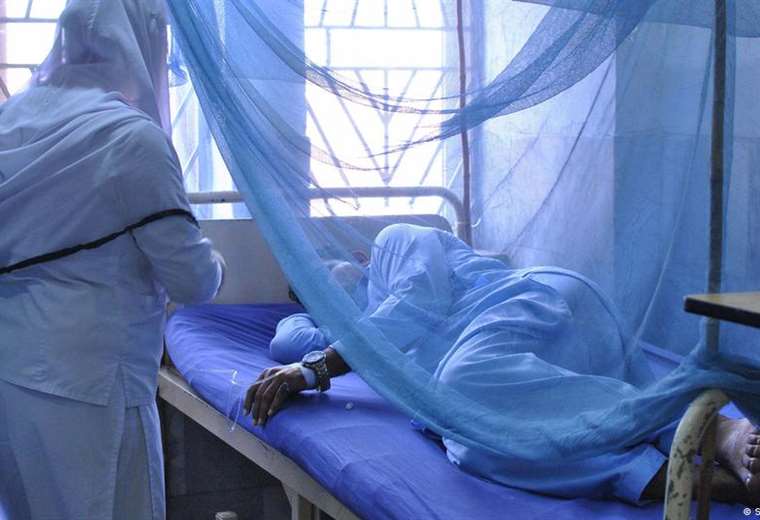January 30, 2023, 7:18 PM
January 30, 2023, 7:18 PM
1. What are neglected tropical diseases?
World Health Organization currently classifies 20 diseases as tropical diseases neglected (NTDs). If left untreated, the consequences can be drastically reduced life expectancy, physical disabilities, and even death.
Trachoma, for example, which occurs in many regions of the world, can cause blindness; lymphatic filariasis (elephantiasis) causes permanent swelling of the extremities; other pathogens attack organs such as the kidneys or liver, or destroy nerve cells and cause damage to the heart, such as Chagas disease.
Five pathogens cause about 90% of all NTDs: Lymphatic filariasis (elephantiasis), river blindness (onchocerciasis), trachoma, schistosomiasis and geohelminth infestation.
2. Who is affected by NTDs?
According to the German Network against Neglected Tropical Diseases (DNTD), 1.7 billion people from 149 countries are directly affected by these diseases, and another 2 billion are threatened by them. Also according to these estimates, half a million people die each year directly or indirectly from NTDs.
Although all tropical regions of the planet are susceptible to these pathogens, “African countries are the most affected,” explains Jochen May, director of the Bernhard Nocht Institute for Tropical Medicine in Hamburg. Low-income people are especially at risk, especially in rural and hard-to-reach areasbecause they do not have sufficient access to drinking water and medical attention.
“In many countries there is a vicious circle of disease and poverty. The diseases themselves generate more poverty. And hygiene problems that go hand in hand with poverty lead to more illnesses,” says May.
3 Why are these diseases “neglected”?
The responsible ppoliticians do not usually give priority to the inhabitants of the rural zones nor to those of the poor neighborhoods of the cities. “Many do not realize that these diseases are serious and chronic,” explains the infectologist May.
The doctor also points out that the COVID-19 pandemic caused major setbacks in the control of NTDs, particularly due to the difficulties represented by the distribution of medicines for those affected.
4 How does climate change impact NTDs?
Climate change and the massive mobility of people are causing more and more cases of these diseases to appear in Europe and North America. Dengue, for example, transmitted by mosquitoes, not only occurs in Africa, andl Southeast Asia and South America, but now it has reached the Mediterranean and southern Europe.
The increase in temperatures affects insects that transmit pathogens. “Mosquitoes are now found in increasingly higher regions, up to 1,500 or 1,800 meters of altitude, and also in large African cities where they were not found before, such as Nairobi, Addis Ababa or Antananarivo, in Madagascar,” says the doctor.
5 What is the next step in the fight against NTDs?
By 2030, the World Health Organization wants largely contain NTDs through cooperation between aid organizations, medical professionals, governments and the pharmaceutical industry.
“It’s an ambitious goal,” says May. For some of the diseases, she says, it’s certainly possible; for others, it is extremely difficult.
Diseases such as onchocerciasis and blindness from trachoma have become much less common thanks to improved health education and targeted drug delivery. And the sleeping sickness, which used to be widespread and deadly, it has been almost completely defeated.
However, to develop good diagnostics, drugs and, in some cases, vaccines, more resources are needed and even a greater commitment from governments of all the world.
















